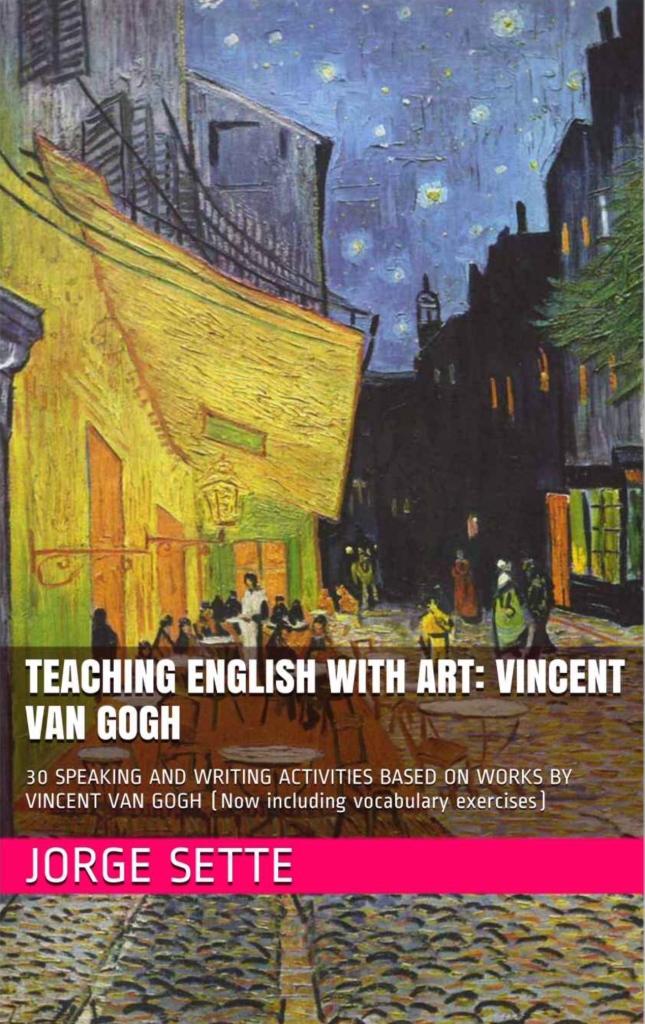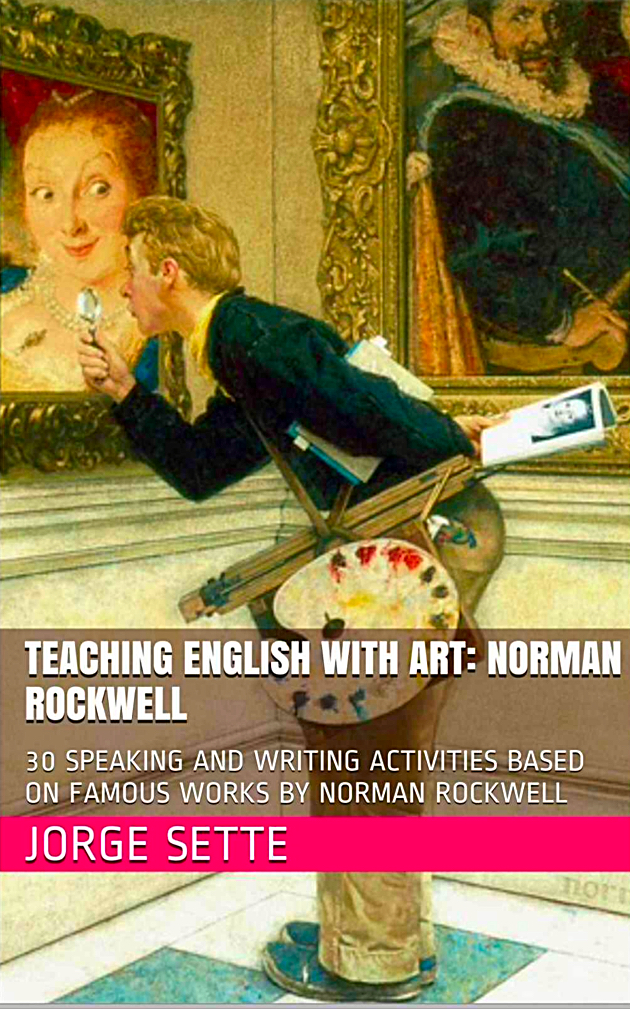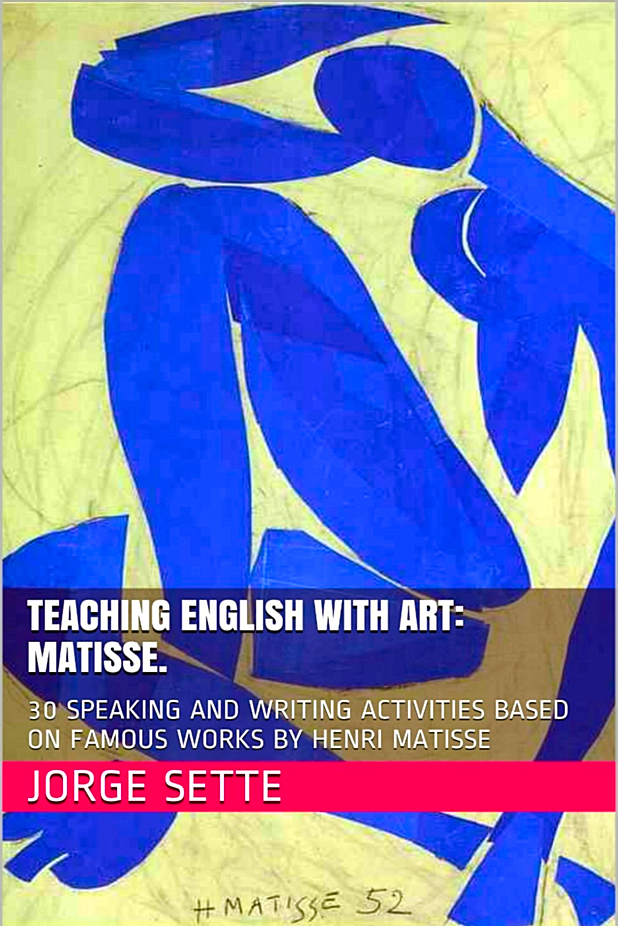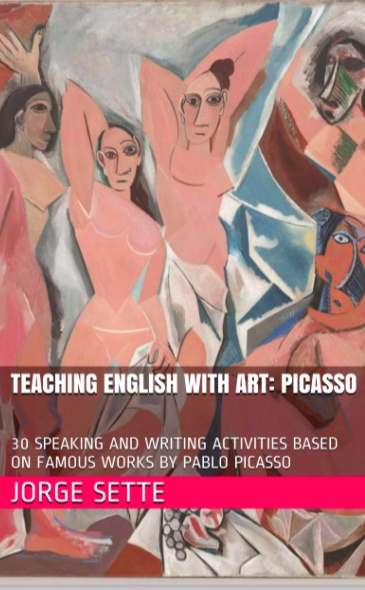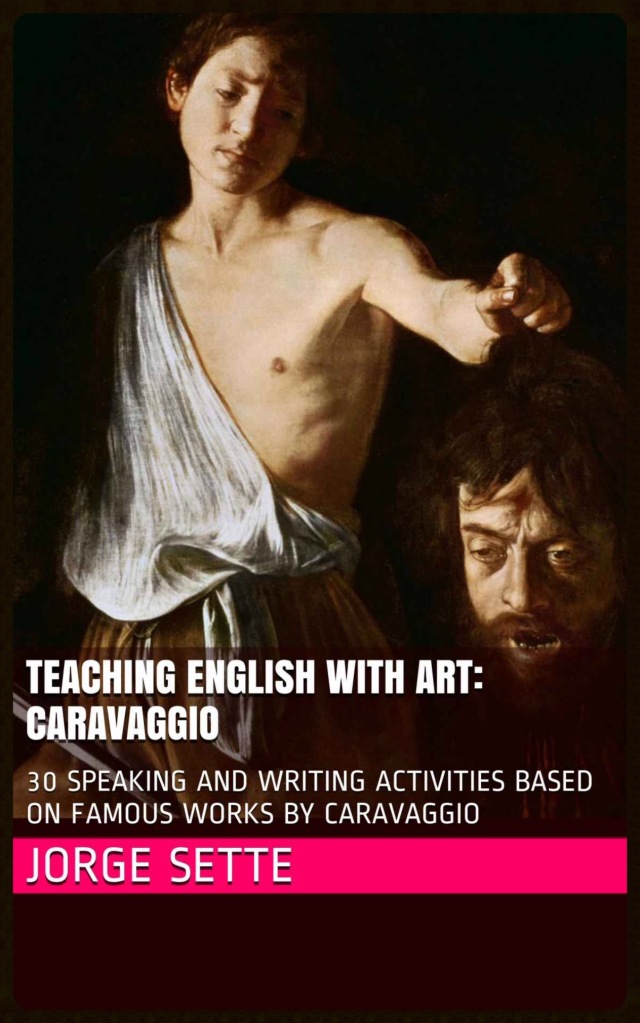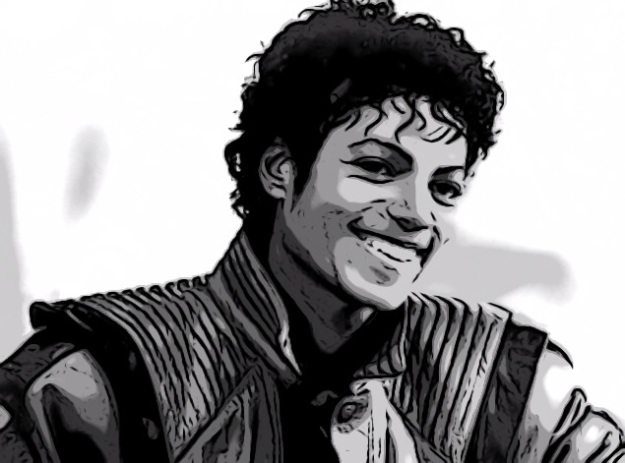Writing is nothing like speaking. People’s brains are wired to produce speech and the process of language acquisition starts immediately after the baby is born. All it takes is exposure to linguistic input. From babbling to fully articulated sentences, we can count on a time span of some four or five years. It’s an effortless and innate ability. An instinct. Writing, on the other hand, is a recent invention in the history of the species. It requires much harder work. It’s a learned skill; it takes more time to master and can be seriously improved through life if you set your mind to it. It will never be complete, though.

In his brilliant new book, The Sense of Style: The Thinking Person’s Guide to Writing in the 21st Century, Steven Pinker does not aim at beginners. He takes for granted that you can already produce a decent piece of writing and are willing to hone your skills. He claims he will help you do that not by providing a reference guide which you can look up whenever you have a question about punctuation, spelling or grammar. Pinker’s intent is to make the reader reflect on how to improve his writing style.
And why would you want to do that? He comes up with three reasons a writer of any kind – although he focuses on non-fictional texts in the examples he provides – would wish to develop his writing skills:
- To achieve clarity (you can make the meaning of your message more rigorous, unambiguous, easier to grasp. Your written instructions, for example, will become less dangerous in certain contexts, if you enhance your style);
- To gain trust (readers rely on writers who present themselves as someone who knows his language, its nuances and limitations);
- To convey beauty (writing and reading are two of the greatest pleasures of a civilized person: expressing yourself with more precise words, being able to make use of a tad of poetry in your descriptions, coming up with original and impactful metaphors will enchant your reader).

To accomplish these objectives, Pinker advocates the adoption of what he calls classic style, which replicates the easiness and directness of a conversation and makes the reader see the world as if watching a movie. Classic style avoids abstractions by using examples and concrete language. It shows instances of the phenomena being analyzed, making it as tangible as possible for the reader. Classic style maintains that the purpose of writing is “presentation and its motive is disinterested truth.”
Classic style involves the cooperation of the reader, who will try to fill in the blanks and work to understand what the writer wishes to convey. The reader will contribute his knowledge of the world to complement what the writer is saying, so the latter won’t need to over-contextualize the point he’s trying to get across.‘’Classic writing…makes the reader feel like a genius. Bad writing makes the reader feel like a dunce.”
In addition to classic style, another tenet of Pinker’s theory of good writing is that authors need to balance prescriptive norms and descriptive uses of the language. Only by doing that a writer will sound sophisticated, attentive, intelligible to a larger audience, and, yet, avoid pomposity, fundamentalism and the danger of becoming a stickler for unreasonable norms dictated by orthodox stylistic guides.
What are prescriptive norms? These are traditional and condoned ways of expressing oneself in a language. It’s a set of rules that any good writer must know and, possibly, follow. However, the writer must be aware that these rules were not created by an omnipotent guardian who concocted these norms and keeps them in an inexpugnable fortress. Rules are a product of what past writers and (usually) educated people handed down to the newer generations. But language is in constant evolution, and often, creative writers will bend the rules to achieve specific effects or to avoid misinterpretations that were not taken into consideration before.
Descriptive linguistics, contrastively, deals with how people actually write and speak in real life in a determined place at a certain moment in time. Language is a dynamic and shape-shifting organism. It’s alive. It changes to accommodate new realities and ideas. It cannot and will not be straitjacketed to please the inflexibility of purists.

Nevertheless, writing cannot be a free for all, where anything goes. Sense is the key word. A consultation of the experts – recognized and trusted writes of present and past, people who express themselves with clarity and beauty – needs to take place. Established rules must be taken into consideration and reflected upon. A consensus is necessary. Pinker’s suggestion of replacing “dogma about usage with reason and evidence” nails the solution to the dilemma.
Therefore, good writers, according to Pinker, are the ones who pay attention and look up. They learn, either systematically or through reading good authors, what are the best ways to express oneself. However, they will not hesitate to bend those rules, coin words, or challenge the linguistic status quo, if they feel this is needed to convey an original thought.
These principles are, in summary, what Steven Pinker champions in his elegant book. However, I will not have time to discuss in this blog post how he does that. I won’t be able to cover his humor, the irony and the encyclopedic knowledge of the English language he imparts in this essential manual. Neither will I mention the delightful examples he picks to make his points; to say nothing of the fact, that, contrary to the objective he stated in the introduction to the book, it will definitely work as a helpful reference guide for most readers.
A must-read for writers or anybody who is either interested in English or works with it (teachers, language students, editors, marketers, academics…), The Sense of Style is a mandatory item in your library.
Jorge Sette.




